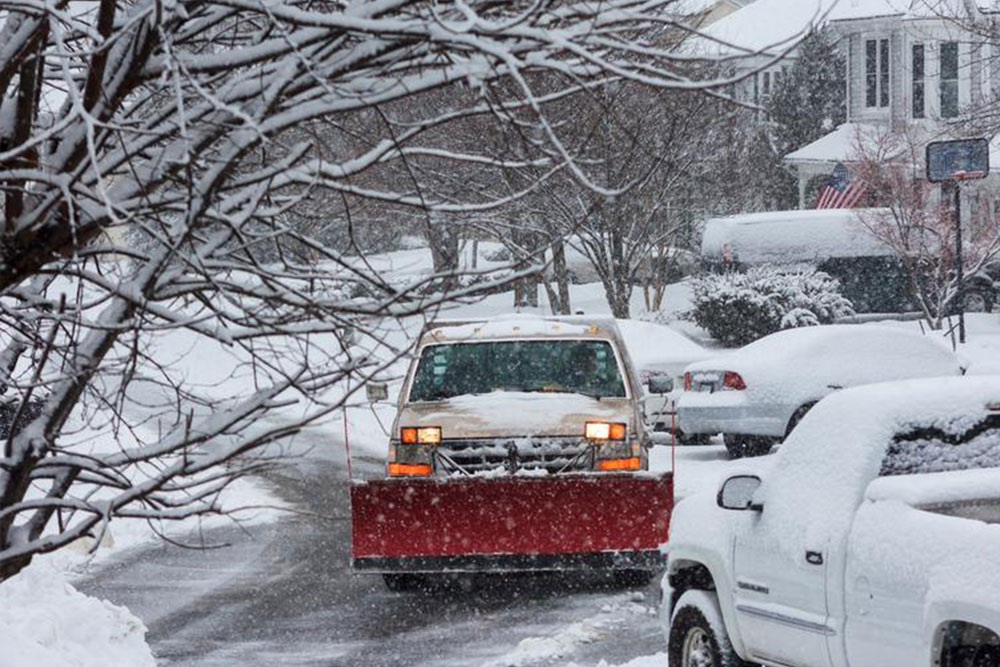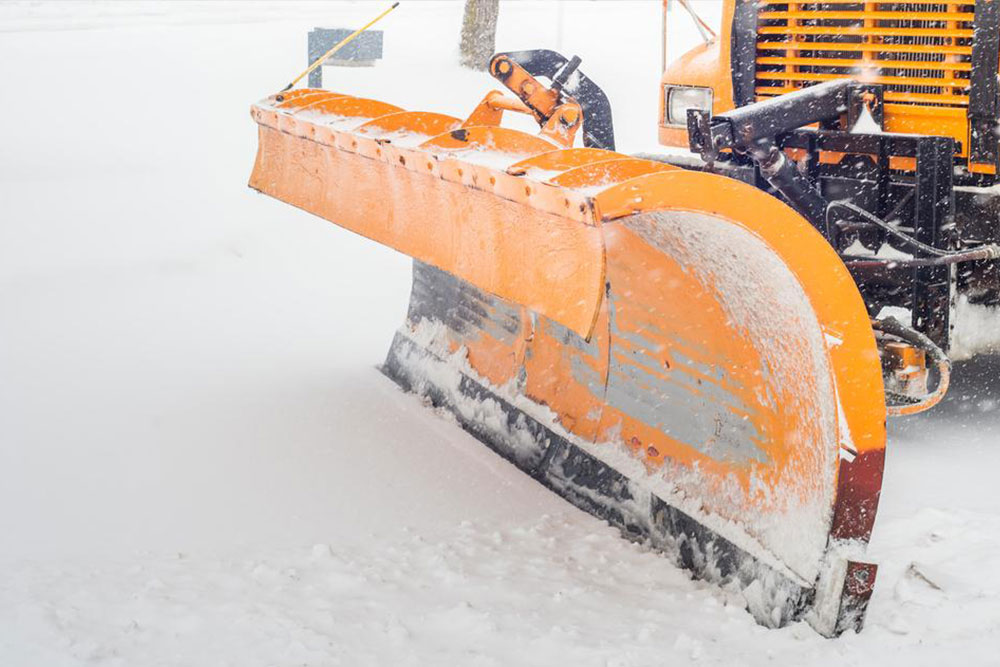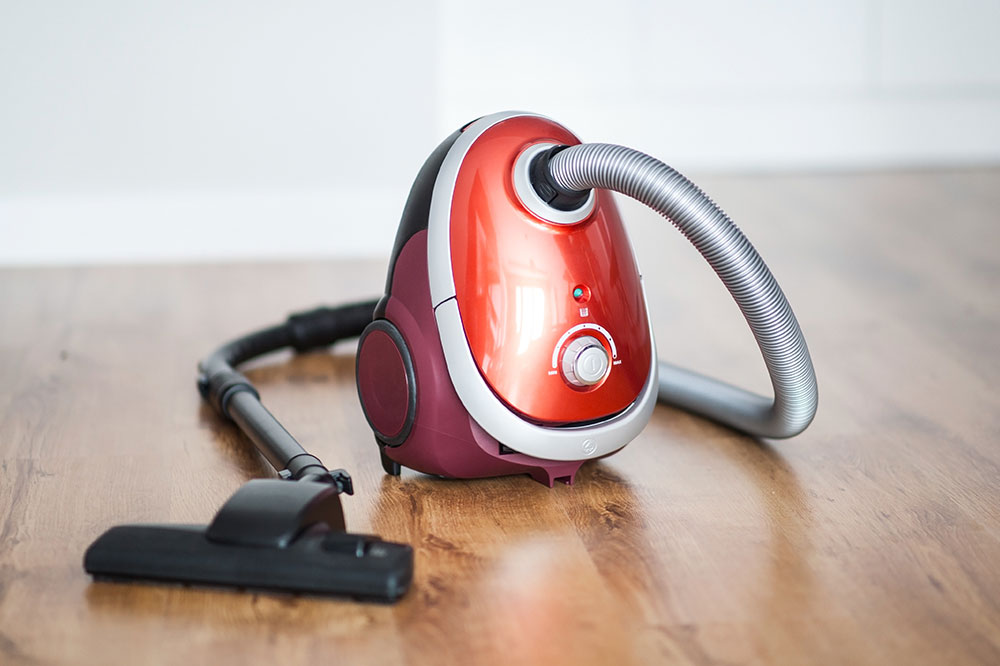Comprehensive Guide to Extending the Lifespan of Snow Removal Equipment
This comprehensive guide provides essential tips for maintaining snow removal equipment, including inspecting blades, electrical connections, and vehicle upkeep. Proper maintenance ensures reliable performance, reduces repair costs, and extends the lifespan of snow removal tools, making winter operations more efficient. Whether for personal or commercial use, following these best practices helps keep equipment in top condition throughout the season.

Comprehensive Guide to Extending the Lifespan of Snow Removal Equipment
As winter approaches, the importance of reliable snow removal equipment becomes increasingly evident. These tools are essential for ensuring safe and efficient clearing of snow from pathways, driveways, and large outdoor areas. Whether you own a snow blower, plow, or handheld snow removal devices, maintaining them properly is crucial for optimal performance and longevity. In this comprehensive guide, we will explore various strategies and best practices to help you keep your snow removal equipment in top condition throughout the cold season and beyond. Proper maintenance not only guarantees efficient snow clearing but also reduces costly repairs and extends the lifespan of your investment.
Inspect and Replace Blades Regularly: Choosing the right blades is the first step toward effective snow removal. Rubber-edged or specialized blades provide smoother performance across different surfaces like concrete, asphalt, or gravel. After each use, examine blades carefully for signs of significant wear. When blades become less than four inches tall, they should be replaced promptly to maintain effective contact with the ground and prevent damage to other components.
Check Electrical Components and Connections: For battery-powered or electrically assisted snow removal tools, regular inspection of electrical terminals for corrosion is vital. Cleaning terminals with a wire brush and applying dielectric grease can prevent buildup of rust and dirt, ensuring consistent power transfer and operational readiness.
Maintain Power Sources and Batteries: Periodically test batteries to confirm they are holding charge correctly; replace them if necessary. Proper storage of batteries during off-seasons can prevent degradation, ensuring your equipment is ready to go when needed.
Secure and Adjust Bolts and Mountings: Regularly tighten all bolts, nuts, and fasteners to avoid loosening during operation. Additionally, adjusting the runner height so the cutting edge stays approximately half an inch above the ground is recommended for optimal snow and ice removal, as well as protecting blades from excessive wear. Routine checks during the winter season help maintain peak performance.
Service Your Vehicles and Power Equipment: Snow removal often involves auxiliary vehicles like trucks or ATVs. Ensure these vehicles are in good condition by checking tire pressure, inspecting lights, and reviewing fluid levels regularly. Proper vehicle maintenance enhances overall efficiency and safety during snow removal tasks.
Store Equipment Properly During Off-Seasons: Clean blades and other components thoroughly to remove salt, dirt, and moisture. Store equipment indoors in a dry, covered area to prevent rust and corrosion, which can significantly diminish performance over time.
Maintaining your snow removal equipment with these proactive practices will ensure its durability and reliability during harsh winter months. Well-maintained tools operate more efficiently, reduce the risk of equipment failure, and can significantly lower repair costs. Whether you manage a commercial snow removal operation or maintain your personal property, adopting a comprehensive maintenance routine is essential for smooth winter operations. Always refer to manufacturer guidelines for specific maintenance instructions tailored to your equipment model, and schedule regular professional inspections if necessary. With proper care and attention, your snow removal tools will serve you reliably for many seasons, making winter cleanup safer and less strenuous.





